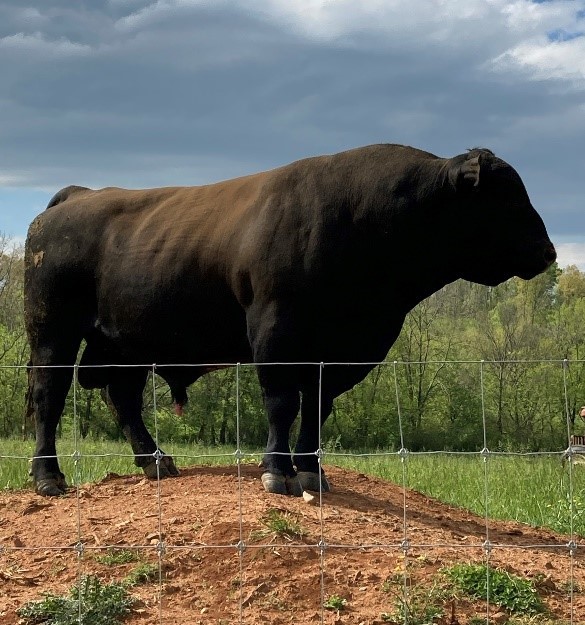
FEMA Region 4 Operational Planning Branch Chief (and farmer) Brian shares his experience preparing his farm for disasters.
Some families have larger – and often many more – pets than the typical household. For those who have livestock, preparedness and planning are a year-round concern.
Severe weather, flooding, drought and extreme cold or heat are some of the major hazards that worry farmers and ranchers in addition to the day-to-day concerns. Preparedness is not just necessary; it becomes a way of life.
Preparations are always being made for the next season. This can mean cutting and storing hay for winter feeding, ensuring access to multiple water sources during periods of drought or having locations to shelter livestock from extreme cold or provide shade from the sun. This can also mean more extensive preparations, such as having the ability to move the herd to higher ground when the forecast calls for flooding rains.
Unfortunately, on the farm, I have had plenty of opportunities to test our preparations and ‘build things back better’ for next time. Every year our farm has been impacted by severe weather. It has sustained damage to fences and buildings, had creek flooding and branches strewn across the property. Add all of this to damage from four tornado hits in the past 45 years.
An important aspect of preparedness is knowing which neighbors to call for help and which neighbors you can help.
If you have pets such as horses, goats and pigs, here are some additional steps that FEMA recommends taking to prepare for a disaster.
- Ensure all animals have some form of identification.
- Evacuate animals earlier, when possible. Map out primary and secondary routes in advance.
- Have available the vehicles and trailers needed for transporting and supporting each type of animal. Also have experienced handlers and drivers.
- Ensure destinations have food, water, veterinary care and handling equipment.
- If evacuation is not possible, animal owners must decide whether to move large animals to a barn or turn them loose outside.
To learn about ways to prepare your pets or livestock, visit ready.gov/pets.


